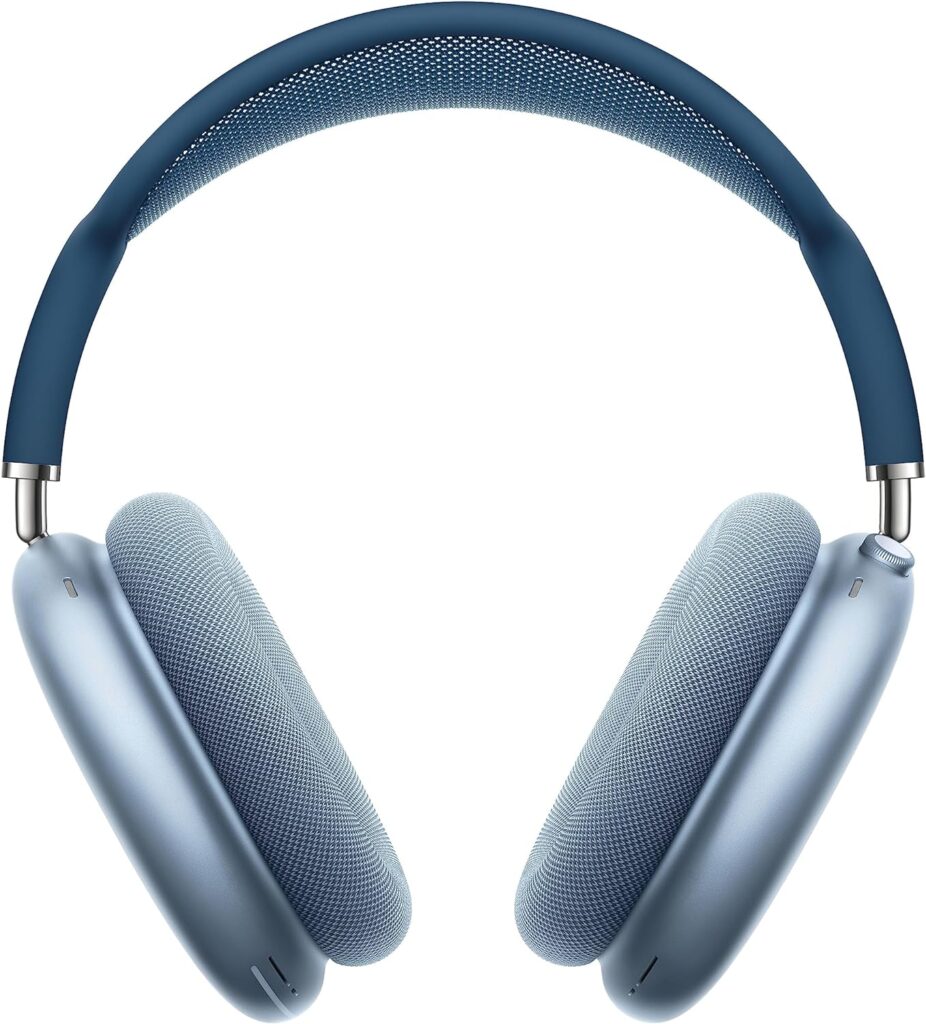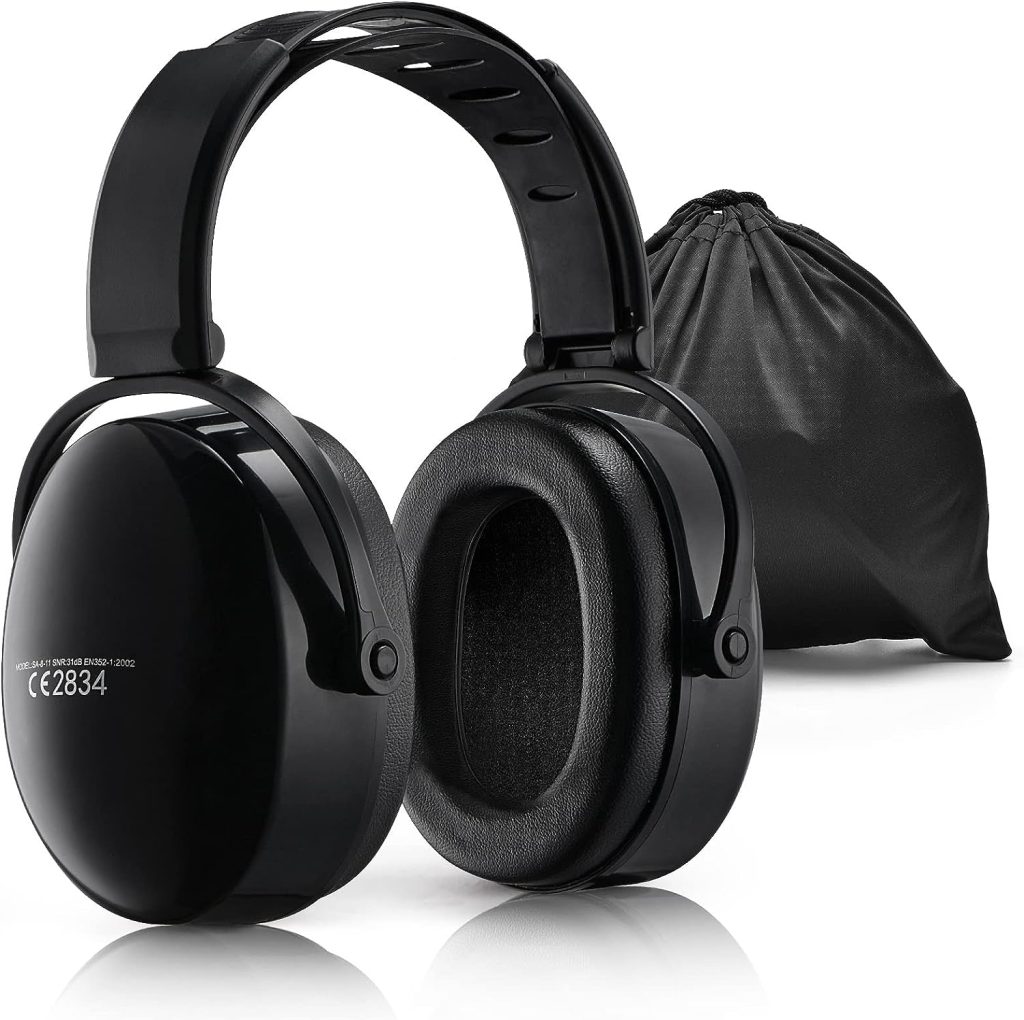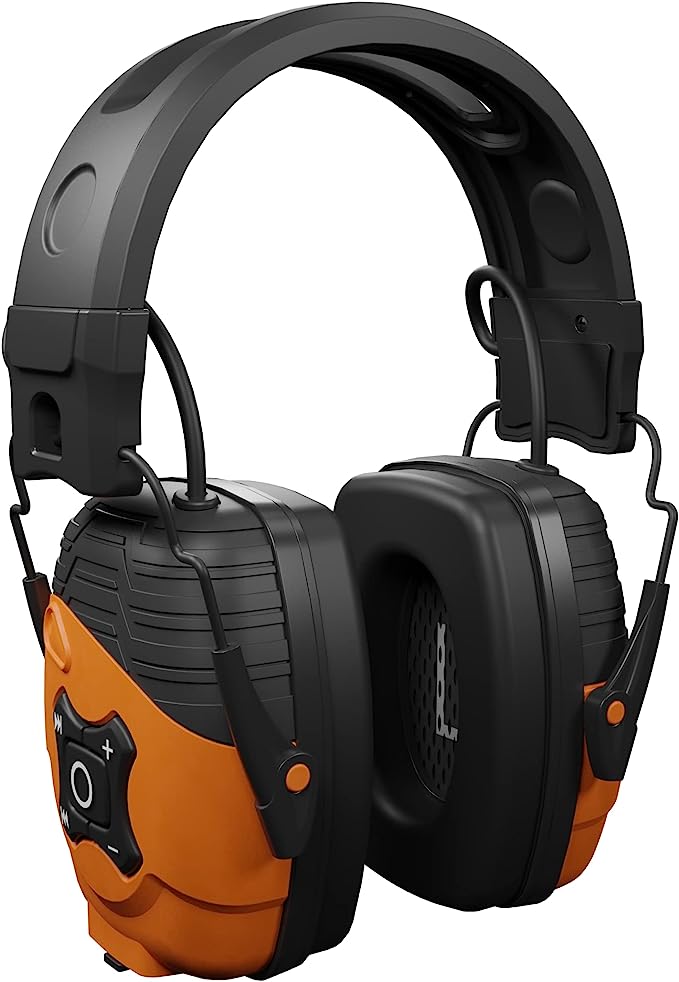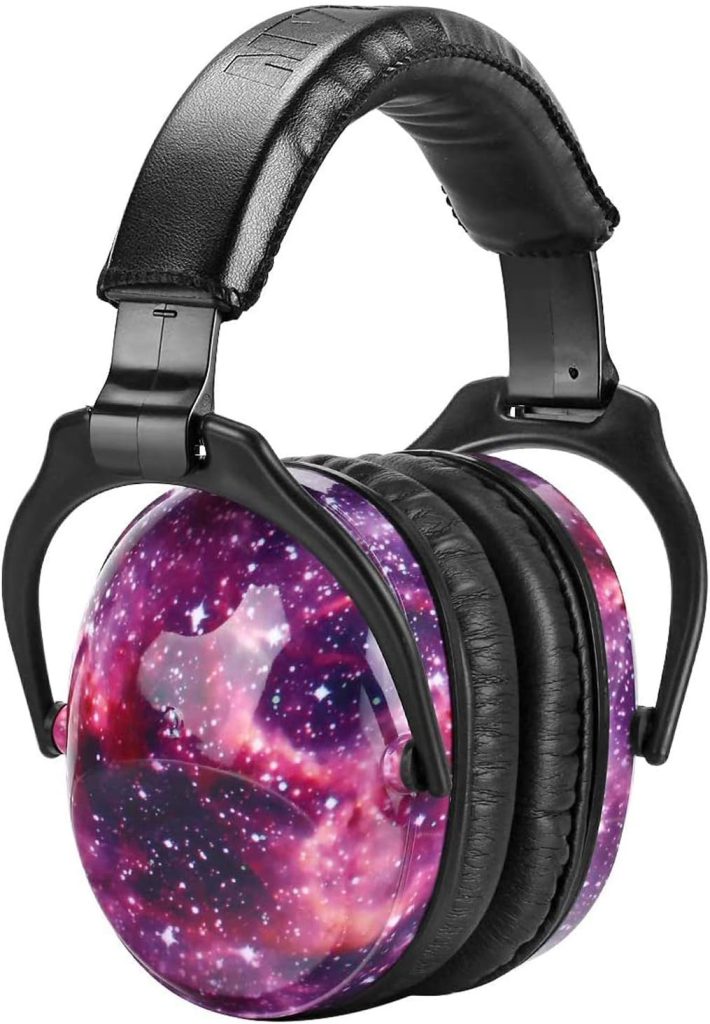Noise Cancelling Headphones for Autism and ADHD: A Comprehensive Guide
Hey there! Navigating the world with autism and/or ADHD brings a unique set of experiences, many of which revolve around heightened sensitivities. Sound familiar? As an enthusiast who’s passionate about the auditory realm for those with autism and/or ADHD, I’m eager to guide you through the wonderful world of noise-cancelling headphones.
Introduction: The Intersection of Autism, ADHD, and Sound
Both Autism Spectrum Disorder (ASD) and Attention-Deficit/Hyperactivity Disorder (ADHD) can profoundly influence how one processes sensory inputs. The noises that most folks filter out or deem ‘background noise’ can become the foreground for many with autism and/or ADHD. And it’s not just about distraction; it’s about discomfort and genuine distress.
Autism, ADHD, and Sensory Overload
Sensory overload happens when one or more of the body’s senses experience over-stimulation from the environment. For individuals with autism and/or ADHD, regular environments can feel overwhelmingly noisy, leading to anxiety or a strong urge to escape the situation. Imagine trying to focus on a task with a constant barrage of unrelated noises—overwhelming, isn’t it?
The Science Behind Noise Cancelling Headphones
Ever wondered how these magical devices mute the world around you? It’s not as simple as plugging your ears.
Active vs. Passive Noise Cancellation
Passive noise cancellation is what you get when you use earplugs or earmuffs. It’s about using the material to block external sounds physically. On the other hand, active noise cancellation involves more tech magic. Microphones pick up low-frequency noise, and then the headphone generates a sound wave that’s the exact negative of the noise, cancelling it out.
The Impact on the Brain
By minimizing the cacophony of the external environment, the brain doesn’t have to work overtime to filter out unnecessary sounds. This relief can’t be understated, especially for those with ADHD, where focus can already be a daily battle.
The Benefits of Noise Cancelling Headphones
Protection from Sensory Overload
For those with autism, these headphones can act as a protective shield, buffering them from potential sensory meltdowns caused by overwhelming noise.
Improved Focus for ADHD
For those with ADHD, reducing background noise can significantly improve concentration. Remember how you feel when trying to work in a noisy cafe? Now imagine if every environment felt that way.
Top Picks: Best Noise Cancelling Headphones for Autism and ADHD
Choosing headphones isn’t just about the price tag or brand name. It’s about effective noise cancellation, comfort, and durability.
1. Apple Noise Cancelling Headphones Wireless

- Apple-designed dynamic driver provides high-fidelity audio
- Active Noise Cancellation blocks outside noise, so you can immerse yourself in music
- Transparency mode for hearing and interacting with the world around you
- Spatial audio with dynamic head tracking provides theater-like sound that surrounds you
- Computational audio combines custom acoustic design with the Apple H1 chip and software for breakthrough listening experiences
- Designed with a knit-mesh canopy and memory foam ear cushions for an exceptional fit
2.Alpine Muffy Noise Cancelling Headphones for Kids

Alpine Muffy Noise Cancelling Headphones for Kids – 25dB Noise Reduction – Earmuffs for Autism – Sensory & Concentration Aid – Mint
3. Adults Ear Protection for Shooting, Noise Cancelling Headphones for Autism
Adults Ear Protection for Shooting, Noise Cancelling Headphones for Autism, Adjustable Noise Cancelling Ear Muffs for Adults, Earmuffs Hearing Protection for Shooting Range, Effective Shooting Ear Protection

4. ISOtunes LINK Bluetooth Hearing Protection

ISOtunes LINK Bluetooth Hearing Protection: OSHA Compliant Noise Isolation Earmuff Headphones, 14+ Hour Battery Life, Included Rechargeable Lithium Ion or AAA batteries, 25dB NRR, 85dB Safe Max Volume
5. ZOHAN EM030 Kids Ear Protection Safety Ear Muffs
ZOHAN EM030 Kids Ear Protection Safety Ear Muffs, [Upgraded] Hearing Protectors for Children Have Sensory Issues, Adjustable Noise Reduction Earmuffs for Concerts, Fireworks, Air Shows – Nebula Print

6. PROHEAR 032 Kids Ear Protection

PROHEAR 032 Kids Ear Protection – Noise Cancelling Headphones Ear Muffs for Autism, Toddlers, Children – Orange
Using Noise Cancelling Headphones Safely
While they’re a boon, it’s essential to remain aware of your surroundings, especially when outdoors. Use them judiciously!
Other Helpful Features to Look For
Comfortable fit, long battery life, and intuitive controls should be on your checklist. After all, the goal is simplicity and ease!
Conclusion
Investing in noise-cancelling headphones for someone with autism or ADHD is akin to gifting them a personal sanctuary. A space where the overwhelming waves of the world’s noises fade, replaced by one’s own chosen sounds or even the comforting embrace of silence. Whether you’re a big spender or on a tight budget, there’s a perfect pair waiting to bring peace to those ears. Please see a Melodic insight: Songs ABout ADHD.
FAQs
- How long do the batteries typically last in these headphones?
- Most offer between 15 to 30 hours, though it varies by model and usage.
- Can they be used without music, just for silence?
- Absolutely! Many prefer to use them just to mute the world, without playing any sounds.
- What if they don’t fit well?
- Many models come with adjustable bands and various earpad sizes to ensure a snug fit.
- Are there any wireless options?
- Yes! In fact, most modern noise-cancelling headphones offer wireless capabilities, making them even more convenient.
- Can children use them safely?
- Certainly. However, ensure they fit well and supervise usage to ensure safety.

*We may earn a commission for purchases made using our links. Please see our disclosure to learn more.





Comments are closed.